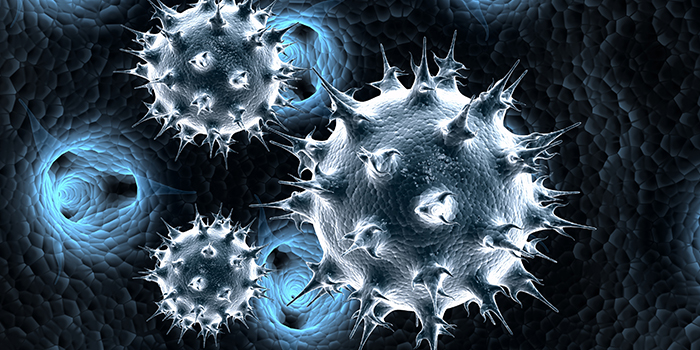There are a number of reasons why chemotherapy doesn’t always work as well against mesothelioma as you and your doctor hope it will.
One major reason is that mesothelioma cells are like tiny fortresses. They have strong defenses that limit the damage chemotherapy drugs can do.
One line of defense that mesothelioma cells have against chemotherapy is the thymidylate synthase gene. This particular gene is not easily stopped by chemotherapy from doing what it does.
It’s responsible for producing the right amount of thymidylate synthase in healthy cells.
Thymidylate synthase is an enzyme that plays a role in making correct copies of healthy cell DNA. The copies are necessary for producing a healthy duplicate of a cell that becomes damaged in some way.
Healthy cells that become damaged are programmed to self-destruct. That’s why duplicates are needed – to replace the once-healthy cells that self-destruct.
Mesothelioma Hijacks Cell Copy Process
However, mesothelioma hijacks this process. So instead of helping produce copies of healthy cells, the thymidylate synthase gene helps produce copies of mesothelioma cells.
For that reason it becomes important to disrupt the workings of the thymidylate synthase gene. The way that’s done is by exposing mesothelioma cells to the chemotherapy drug pemetrexed.
Pemetrexed is effective at disrupting the thymidylate synthase gene, but only to a limited degree.
In early 2016, a research team from Tokushima University in Japan about a year ago figured out a way to make pemetrexed work better as a disrupter of this gene. Now they are reporting the discovery of a technique for improving it further.
The new technique involves sending pemetrexed throughout the entire body (previously, it was administered just to the area where the mesothelioma cells were growing).
Sending pemetrexed throughout the body is called “systemic delivery.” Systemic delivery may be better than local delivery because it allows it to reach mesothelioma cells that have spread far.
But the new technique is more than systemic delivery. It also involves altering the thymidylate synthase gene to reduce its ability to fend off pemetrexed.
This is done with the aid of a specially engineered molecule. The molecule is designed to attach to the thymidylate synthase gene and upload nucleic acids that make the gene more sensitive to pemetrexed.
The molecule is formally known as a PEG-coated TS shRNA lipoplex. The “TS” stands for thymidylate synthase. “shRNA” stands for short hairpin ribonucleic acid.
A lipoplex is basically a microscopic sack into which shRNA can be packed for delivery to the mesothelioma cells.
Mesothelioma Cells Grafted into Mice
The researchers tested their PEG-coated TS shRNA lipoplex in the lab. For that testing they used mice with mesothelioma from the MSTO-211H cell line grafted into them.
The researchers reported that the PEG-coated TS shRNA lipoplex showed signs of “potent antitumor activity.”
The researchers say that this technique for increasing the thymidylate synthase gene’s sensitivity to pemetrexed can be used either systematically or locally.
Their research and ideas were published in the journal Molecular Pharmaceutics. The title of the article they wrote is “Systemically Administered RNAi Molecule Sensitizes Malignant Pleural Mesothelioma Cells to Pemetrexed Therapy.”

